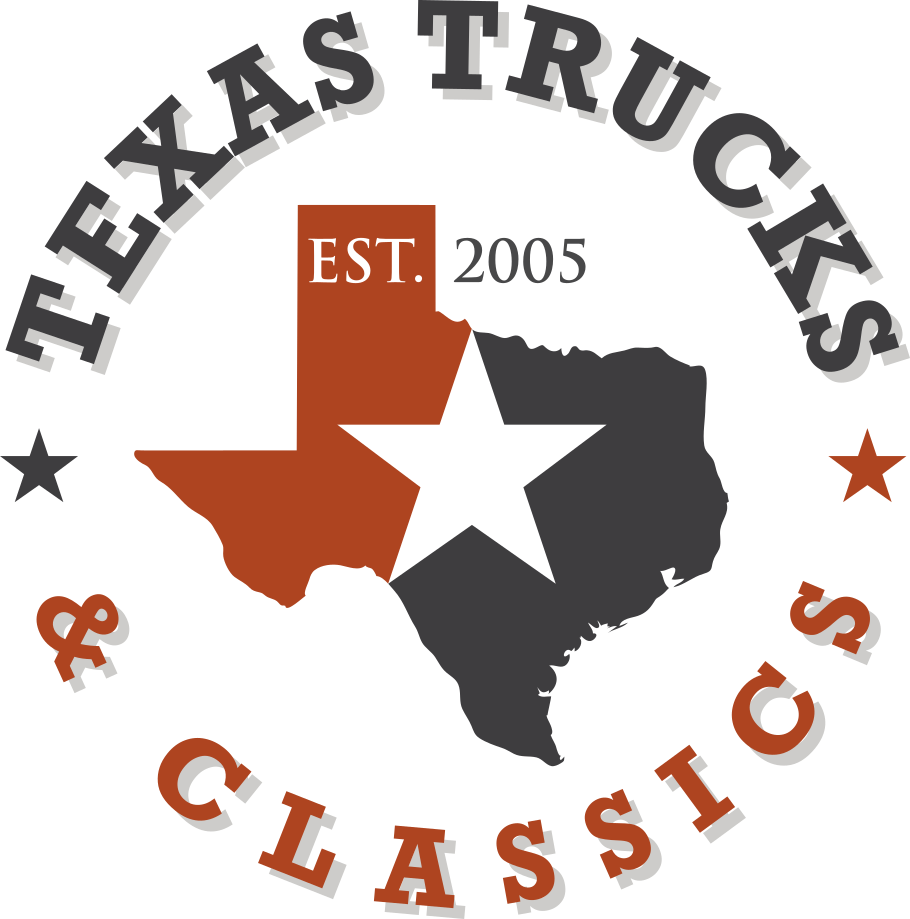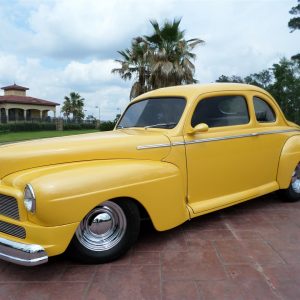Your cart is currently empty!
1969 Chevy Corvette Stingray L68 (427/400hp)
1969 Chevy Corvette Stingray – 427/400hp, Tri-Power, 4 Speed, T-Tops, PS, PB, Tinted Glass, 15 Rally Wheels, BF Goodrich Tires, Drives Great!
Description
1969 Chevy Corvette Stingray – In 1969, small block engine displacement increased from 327 cu in (5.4 L) to 350 cu in (5.7 L), though output remained the same. All other engines and transmission choices remained unchanged from the previous year, though the L30 base engine was now the ZQ3 and the L79 motor was redesignated the L46.[8] All cars featured 8-inch-wide (200 mm) steel wheels (increased from 7 inches). Tire size remained the same, although this was the first year for optional white lettered tires and the last for red striped tires. Carried over from the previous year were seven available rear axle ratios ranging from 2.73 to 4.56. Standard ratio remained 3.08 with automatic and 3.36 with manual transmission. The optional Positraction rear axle, mandated on many engine/gearbox combinations, was installed on more than 95% of the cars. “Stingray” script nameplates appeared on front fenders, now one word, in contrast to the “Sting Ray” name used previously. Exterior door handles were redesigned so the finger plate would actuate the door, eliminating the separate release button. Backup lights were integrated into the inboard taillights, headlight washers were added, and front grilles were made all black. Side mounted exhausts and front fender vent trim were options for this year only. On the inside, revised door panels provided additional shoulder room in the C3’s tighter cabin and headrestsbecame standard. Steering wheel diameter was reduced from 16 to 15 inches to permit easier entry and exit, the ignition switch was moved from the dash to the steering column, and map pockets were added to the dash area in front of the passenger seat. Accounting for 57% of the cars, coupes with their removable roof panels, began a trend of outselling roadsters. An extended production cycle due to a labor dispute increased ’69 volume. This was the last year for the L88 engine and the only year for the ZL1 option, which offered an all-aluminum 427 cu in (7.0 L) big-block engine listed at 430 hp (321 kW). Rare options: ZL1 aluminum block (2), J56 heavy-duty brakes (115), L88 engine (116), L89 aluminum heads (390). Car and Driver magazine wrote in October 1968, “The small-engine Corvettes are marginally faster and extraordinarily civilized. The large-engine Corvettes are extraordinarily fast and marginally civilized.”
This fantastic Stingray looks great and drives even better. It is offered in a stunning Cortez Silver paired with black bucket seats. The paint is above average, the glass is flawless, and the interior is very presentable. The only noted flaws are a few small chips in the chrome of the rear bumper. The interior features cloth “Stingray” script cloth floormats, Astro Ventilation, and AM/FM/Cassette Radio. What really make this Corvette such a fun classic to own is the powerful 427 motor. Take off the T-tops, let your right foot get heavy, shift smoothly though all 4 gears, and you’re guaranteed to generate a huge smile. The thick BF Goodrich tires hug the road and the dual exhaust sounds great. 1969 was a great year and Chevrolet is the ultimate American sports car manufacturer. The experts at Hagerty and NADA value this Corvette at $50,100 and $55,260 respectively. We think it is easy to argue that you will not find a better looking, fun driving classic 1969 Stingray for only $40k.






































